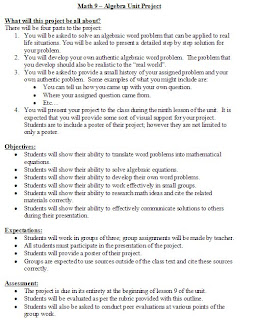During my practicum I was actually surprised with how good the students were. I was expecting to have some students that would be troublesome or disruptive in the classroom, however, most if not all students were very respectable in the classroom, especially the math classroom compared to a PE class. However, in all this I also learned that as nice or well behaved a student maybe in the classroom we still need to be aware of how he or she behaves outside of school. We had an incident at school where students that appeared to be very respectful in class, were far from that when removed from the school setting. If we learn more about these students we may be able to affect how they behave outside school hours.
In the PE classes I was somewhat surprised with the lack of lesson planning that the teachers actually did. A major reason for this was that teachers were unaware of their facility for that week until Monday morning. This was a learning experience for me, in that it showed me how to think on my feet and develop a lesson quickly that serves a purpose to the student.
In my math classes, I was surprised by how little lecturing was actually done. Typically the teacher would lecture for no more than 20 minutes and then allow the students to do text book work. I can see the positives in this, I think that allowing the students so much time to do their work and communicate with one another also allows them to teach each other. With this technique students learn both from another student and also learn by teaching their peers.
I also learned that students will respect fair and understanding teachers. Teachers that are fair to their students and cared for the student seemed to have a better understanding between
themselves and the student. Students enjoy being treated fairly, and not being treated as someone underneath the teacher.

